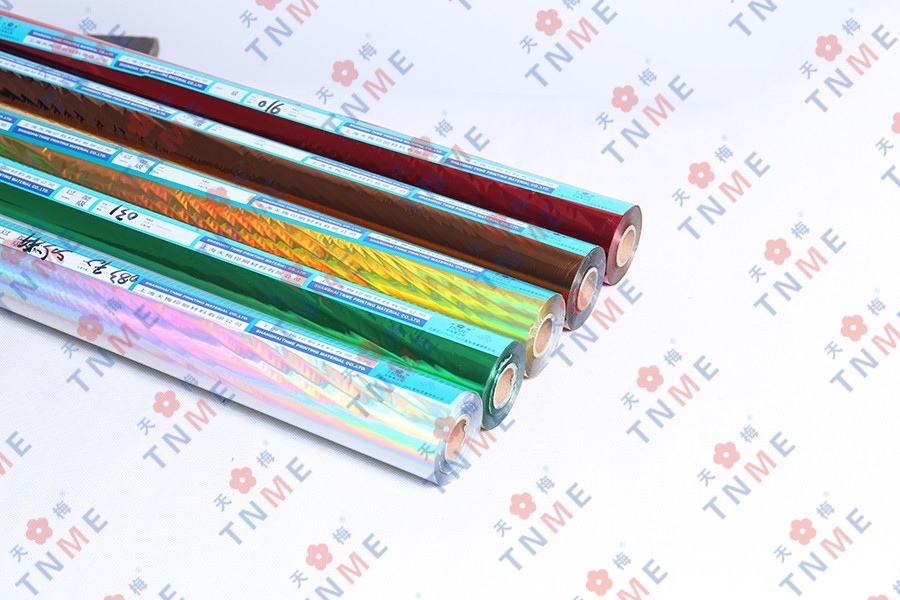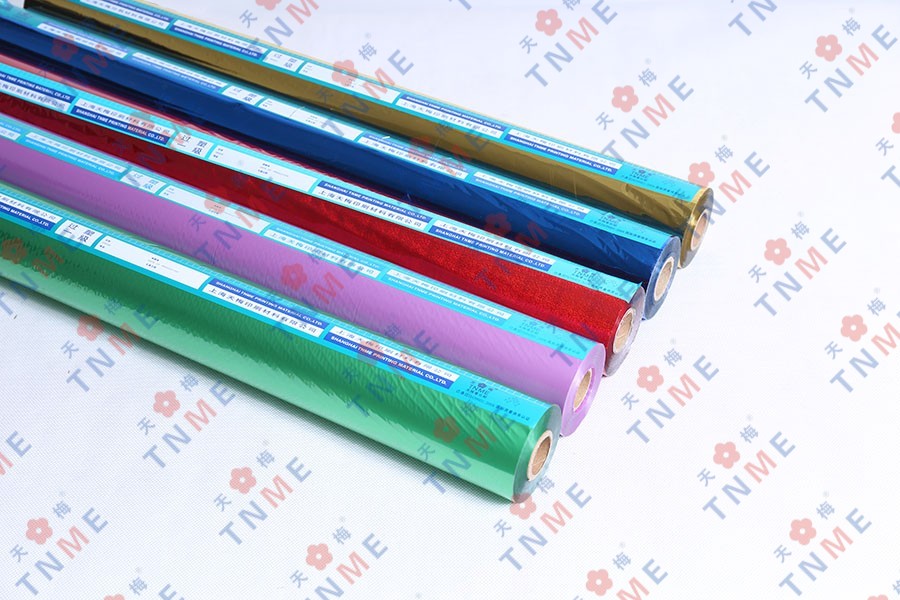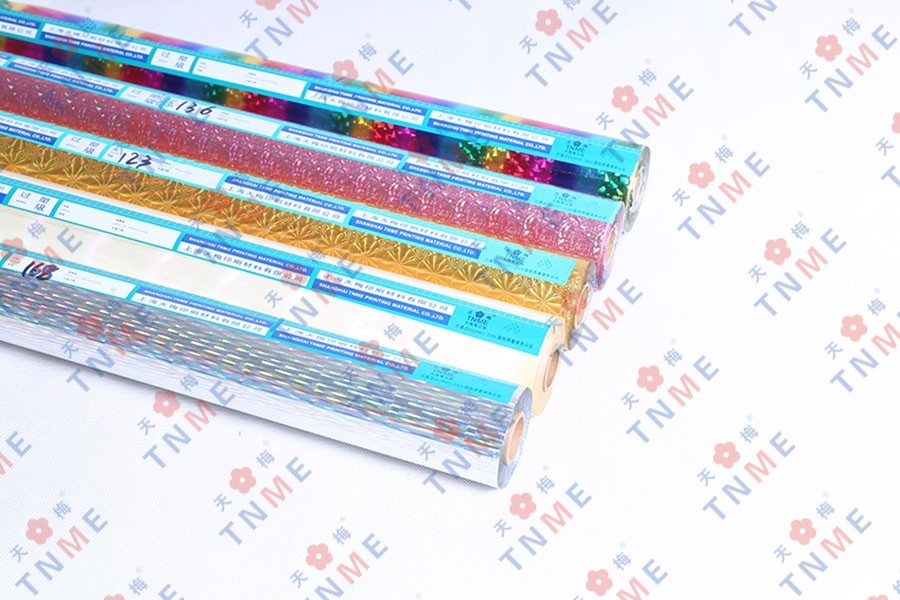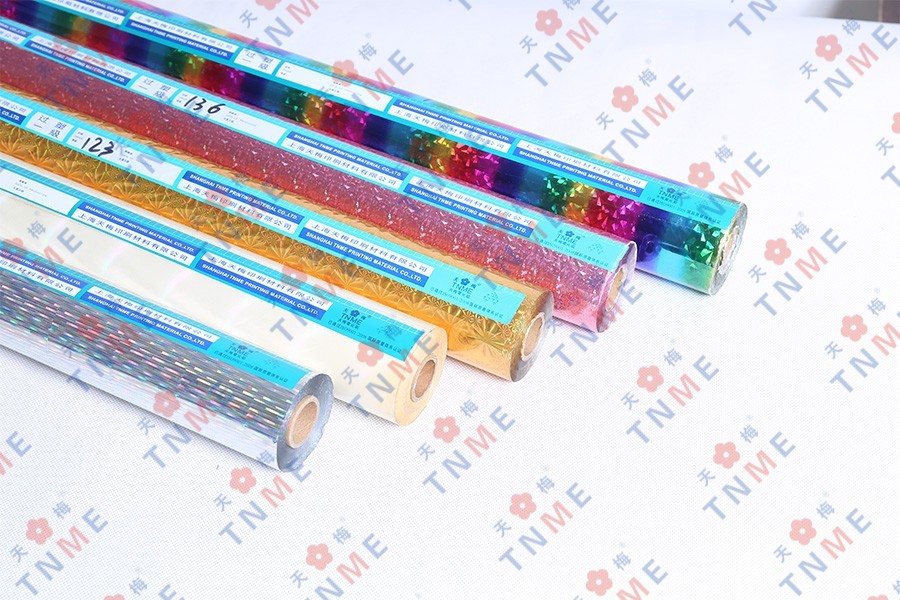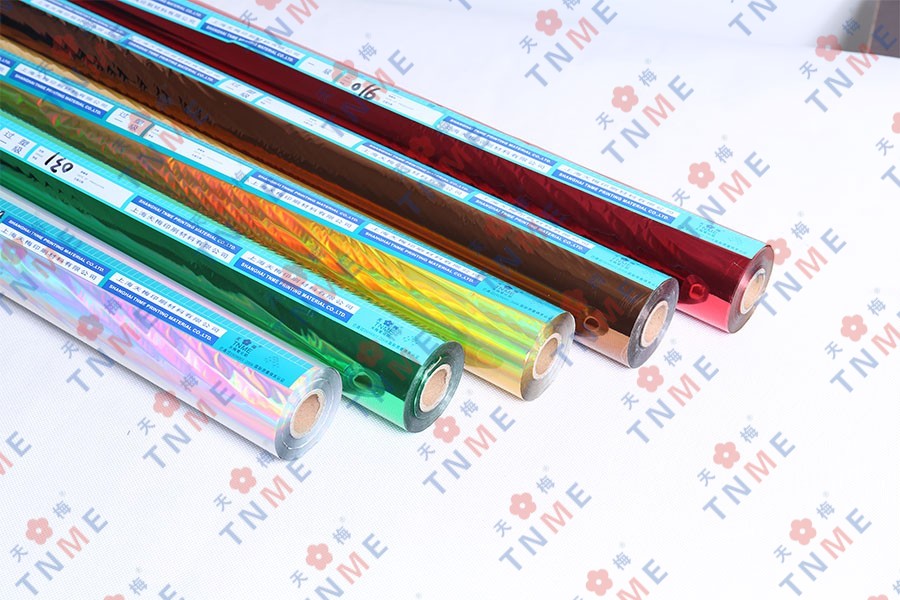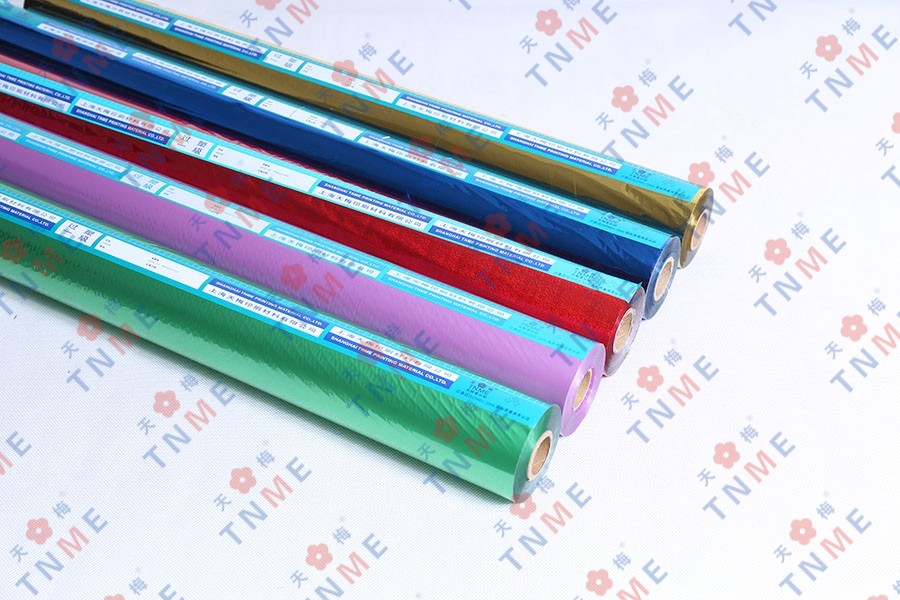Color stability of pearl foil: exploring the mystery of light and color
In the colorful world of materials, pearl foil has won wide attention and application with its unique luster and stable color performance. The color stability of pearl foil, a seemingly simple attribute, actually contains the profound mystery of light and color, and is one of the important criteria for evaluating its quality. This article aims to explore the color stability of pearl foil in depth and reveal the scientific principles and influencing factors behind it.
1. Definition and importance of color stability of pearl foil
In short, the color stability of pearl foil refers to its ability to maintain color under different lighting and environmental conditions. This feature is crucial for the application of pearl foil in various high-end packaging, greeting cards, logos and other fields. Imagine that if the color of pearl foil changes significantly under different lighting, the information and beauty it can convey will be greatly reduced, and it may even affect the overall image and brand value of the product.
2. Source and formation mechanism of pearl foil color
The color of pearl foil mainly comes from the absorption and reflection characteristics of pearl powder to light. Pearl powder, as the main component of pearl foil, is a complex of organic and inorganic substances secreted by pearl shellfish, which contains rich aragonite crystals. These aragonite crystals are arranged in a specific way to form the unique structure of pearl powder. When white light shines on pearl foil, pearl powder selectively absorbs and reflects light waves of different wavelengths. Because light waves of different wavelengths are absorbed and reflected to different degrees, the specific color of pearl foil is formed.
3. Selective absorption of light by pearl powder
The selective absorption of light by pearl powder is the key to its formation of specific colors. In pearl powder, the arrangement and size of aragonite crystals will affect its absorption and reflection characteristics of light. When white light passes through pearl powder, some wavelengths of light waves will be absorbed by aragonite crystals, while other wavelengths of light waves will be reflected. These reflected light waves are superimposed together to form the color of pearl foil we see. Due to differences in the structure and composition of pearl powder, different batches of pearl foil may show slightly different colors.
4. Factors affecting the color stability of pearl foil
The color stability of pearl foil is affected by many factors, including the quality of pearl powder, production process, storage conditions, and use environment. High-quality pearl powder has a uniform and delicate structure and stable chemical composition, which can ensure that the pearl foil maintains a stable color under different lighting and environmental conditions. The quality of the production process will also affect the color stability of the pearl foil. For example, during the coating process, if the pearl powder is unevenly distributed or the coating is too thick, the color of the pearl foil may change. In addition, storage conditions and use environment will also affect the color stability of the pearl foil. Adverse conditions such as high temperature, humidity or ultraviolet radiation may accelerate the aging process of the pearl foil and cause its color to change.
5. Strategies to improve the color stability of pearl foil
In order to improve the color stability of pearl foil, the following aspects can be taken: First, select high-quality pearl powder raw materials to ensure that the pearl foil has a stable basic color; second, optimize the production process to ensure that the pearl powder is evenly distributed during the coating process and the coating is moderate; third, improve the storage conditions and use environment to avoid the impact of adverse conditions such as high temperature, humidity or ultraviolet radiation on the pearl foil; fourth, conduct regular quality inspections and maintenance to promptly discover and solve potential color change problems.




 English
English 中文简体
中文简体
